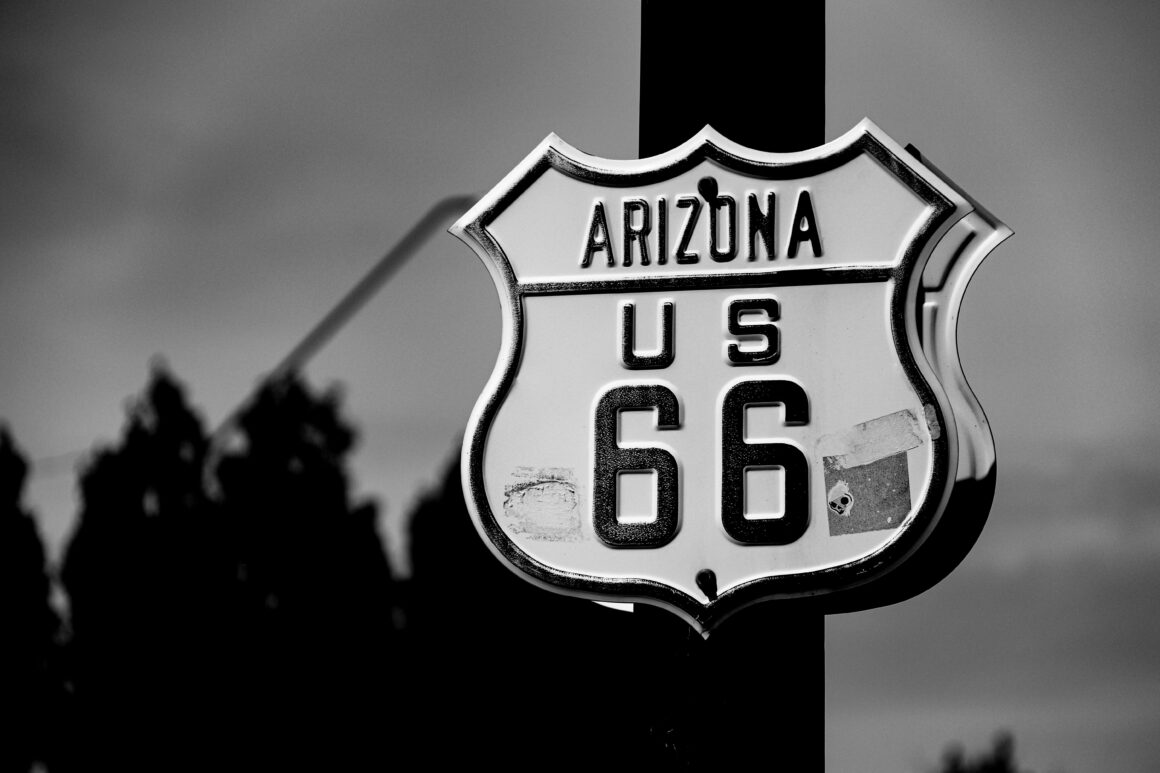You’ve probably seen it. The movie posters with an array of skin tones and scream forced diversity. But what we see today in the media does more bad than good.
Hollywood has always had a problem with whitewashing and segregation. The extremely controversial Birth of a Nation was released only a little over a century ago, and examples of whitewashing include from casting Scarlett Johansson as a Japanese anime character to Ben Affleck portraying a Hispanic role. Typecasting is abundant in the film industry, also causing many South Asian actors stranded with no roles other than hideously stereotypical parts to play.
As a young child, I grew up in love with movies and shows. I would be watching the shows that are filled to the brim with nostalgia, and the newest film that was the talk of the first-grade classroom. But the thing is, even though I watched countless films and shows, I never saw Asian roles or other people of color on the screen that weren’t ultra-cliche. I saw the occasional sassy black sidekick to the white main protagonist or the Asian friend who feared their tiger mom, both were which for comic relief. I have always been part of a white majority community, and I felt so culturally isolated partly due to the fact that there was no one on the big screen that accurately represented who I am.

But it’s 2019 and we have seen growth nowadays, from the culturally rich Black Panther, empowering Captain Marvel, and the box-office hit Crazy Rich Asians. These movies shine the light on the many people in the audience who have not seen people similar to them on the big screen. Kids who are like the five-year-old me. However, a lot of movies and shows emphasize the presence of minorities instead of normalizing them.
The big screen doesn’t accurately represent the nation’s population. According to the 2019 UCLA Hollywood Diversity Report, only 22.2% of lead actors on the tv screen were a minority. For an accurate statistic that would match the 39.4% of minorities living in the U.S, it would have to nearly double. Clearly, caucasian men dominate the industry, making up a whopping 77% of roles. There are three times more white men than minorities in the television industry.
By just glancing at the statistics, it’s perplexing. What we see today does not match up to what see today. For an industry that deals with having the audience relate to characters, it seems that only a fraction can do so. If Hollywood is diversified now, as it claims to be, then why do the numbers not match up with its appearance? What we have fallen victim to is the availability heuristic. The availability heuristic is a mental shortcut that relies on immediate examples that come to a given person’s mind when evaluating a specific topic, concept, method or decision.
What we see is the “new Hollywood” facade, claiming to be revamped and all-inclusive. At an incredibly fast pace, social media users spread the news of the newest diversified production, scattered all around our feed, creating an illusion that Hollywood is diverse. Because of this effect, a survey found that 42% of 2,201 U.S. adults believe that there are enough roles for people of color. This means that nearly half of the adults who participated in the survey have fallen to the mental shortcut. The progressive films that we see today have stood out so much that we are seeing a false positive correlation between Hollywood and it appropriately representing minorities. The simple assumption that this level of diversity is enough slows down the progress we have made today. It weakens the incentive to accurately represent the true population.
Diversity sells. In fact, cultural diversity rakes in a huge sum of money at the box office. Culturally diverse films earned $169.8 million dollars on average, compared to movies with less than 11% minority, which made less than $50 million dollars. However, even when diversified films are garnering attention and earning dramatically more money, directors still revert to Hollywood’s old ways, as growth is slow.
There are more benefits to having a diverse film than having a culturally ignorant film. This includes far better box office revenue, roles open to more actors who have yet to have the limelight on them, and positive publicity. The question that withstands today is, if the pros outweigh the cons when it comes to directing diverse movies, then why are there such a small number of culturally open films? There is no single valid answer, but it reveals the harsh reality of Hollywood: it does not want to come to terms with its internalized prejudice. In order to combat this problem, the existence of minorities needs to be normalized. Society is not made up of stereotypes, and no single type represents a group of people. That needs to be reflected in the movies and shows that we watch in order to reach the potential the film and T.V. industry has yet to discover.
Accurate representation is not a clever marketing tool to make as much money as possible, but automatic. At this point in 2019, including people of color in productions should not be celebrated, it should be the bare minimum.
Image courtesy of Warner Bros. Pictures




